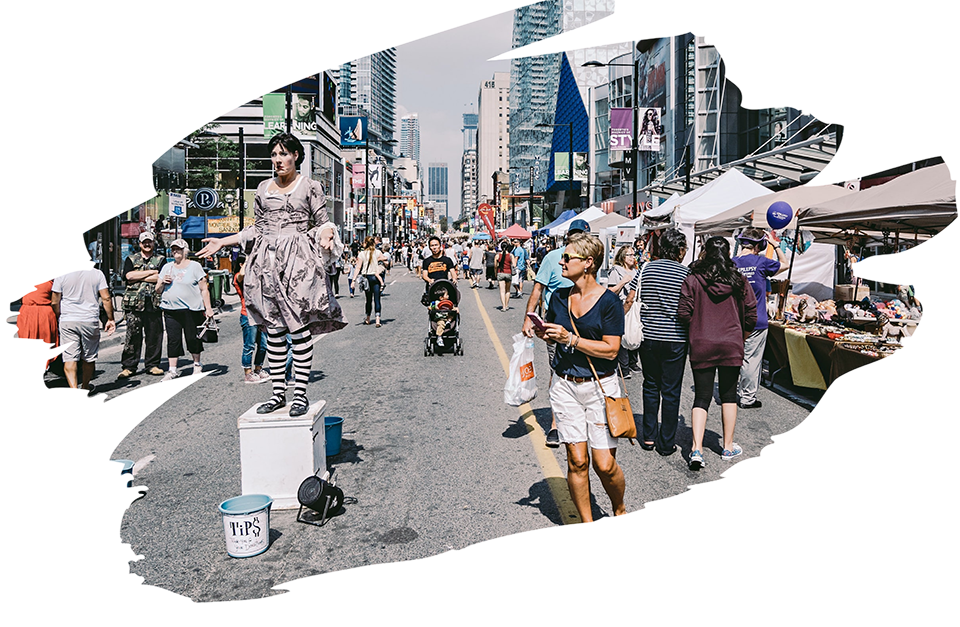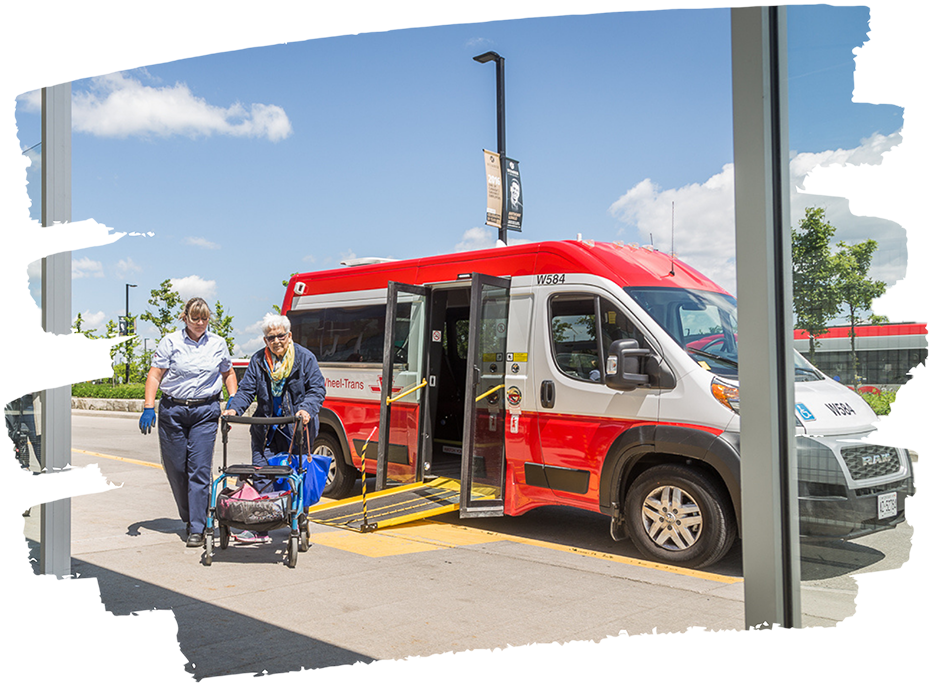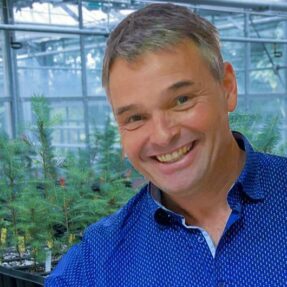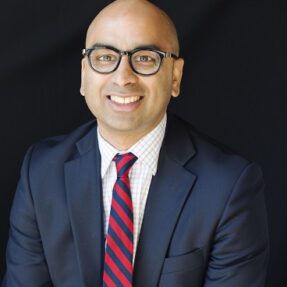When the University of Toronto offered me the job as the inaugural Director of the School of Cities, I hadn’t visited Toronto since 1996 – and border crossing restrictions made it impossible to visit. So I asked friends and colleagues on the West and East coasts what they thought. Everyone – Canadian and American alike – said “Toronto, what a great city.” So I packed up and headed back east from California after two decades of hard work on equity and sustainability in the land of opportunity.
And now after a couple months on the job, I can confirm. This is a great city. Here’s why.
The stunning diversity of people – not just in terms of race, ethnicity and culture but also age.
Children can walk to the park by themselves and grandmothers are not afraid to take the bus – and multiple generations actually live in the city. The constant exposure to the parade of different cultures in the city builds appreciation, or at a minimum, tolerance.

The conspicuous commitment to the collective good.
Toronto developed around its ravine system, and despite some missteps, it remains a city within a park. Public spaces not only define the city boundaries, but open up within it: planners have created a city of rooms between Toronto’s towers and are opening up the waterfront, while a network of social infrastructure, from public schools to libraries to community facilities, spurs civic life.
The local manifestation of the federal social safety net.
To this newcomer, social spending is visibly effective at supporting our most vulnerable residents. Were it not for free health care, we would see many more Torontonians living on the streets. And though it is easy to focus on the shuttered stores, the comprehensive business support during the pandemic has clearly succeeded in keeping most going.


The embrace of transportation choice.
The streetcars and subways, bicycle and pedestrian networks don’t yet reach everywhere, but by and large, we have choices which allow us to access a great variety of destinations for a relatively low cost.
The distinctiveness and resilience of neighbourhoods. Urbanists have long praised Toronto’s neighbourhoods for their character and diversity, but what is remarkable is the support system they have provided during the pandemic. Sure, some are irritable, but I witness acts of courtesy and kindness between neighbours daily – who are interacting in part because of the vibrant local mixture of uses and building types.
Toronto is poised for radical population growth: the Greater Toronto Area is projected to increase by 2.9 million residents (41%) to 10 million by 2046. This gives me a sense of déjà vu: when I moved to the San Francisco Bay Area in 1994, the population was 6 million, increasing to almost 8 million by the time I left.
What if I knew then what I know now? That the Bay Area would experience two wild technology booms, housing prices would increase by almost 400%, inequality would skyrocket, some 28,000 houseless people would live on the streets, low-income households would move to suburbs or out of state, and essential businesses would struggle to find workers due to long commutes and low wages?
Even though it’s protected by its federal social insurance system, Toronto cannot stay a great city and region if it does not proactively address economic inclusion.
In the late 1990s, we started a remarkable series of groundbreaking conversations in the Bay Area and the State of California about climate change and inequality. We passed legislation to mandate reductions in greenhouse gas emissions and regional planning to coordinate transportation and land use planning. We strengthened our regional fair share housing and density bonus ordinances and opened up exclusionary single-family neighbourhoods to accessory dwelling units and duplexes. To coordinate work on climate change issues, we created cross-cutting governance agencies. To ensure that the California dream remains within reach, we made public university tuition free for low-income students.
But it wasn’t enough. We fell short on affordable housing, living wages, and accessibility. And some question whether San Francisco and California are still great.
So let’s learn from California, and keep Toronto – and other global cities – great. First and foremost, Toronto needs a proactive provincial government that takes action on climate change, housing, economic opportunity, and governance. Then, Toronto and the GTA need to refocus the growth discussion on economic inclusion and dismantling structures of privilege and systemic racism. The affordable housing conversation needs to move beyond providing housing production to preservation and tenant protections. The plans for expansion of the transit system and transit-oriented communities must address the issue of land value uplift and community displacement. We need to figure out how we can provide more opportunities for the disadvantaged, from strengthening the cradle to college pipeline to ensuring that work pays. In short, we need to create cities where all belong, and that belong to all of us.
The School of Cities will help Toronto and cities around the world learn how to move forward: we teach the world why cities matter for sustainability, prosperity, inclusion, and justice. We are building the capacity of communities to innovate and lead social change. We incubate new solutions by spurring collaborations across disciplines from the social sciences to the humanities to the natural sciences to engineering and technology. We leverage urban data and lived experience alike to create evidence-based policy recommendations. We are catalyzing partnerships between universities and practitioners from across sectors and communities to solve complex global challenges. We will make the case for cities where California failed.
In the years ahead, in the face of climate change, rising inequality, and other crises, we will work to ensure that Toronto and its sister cities stay great, by enabling residents to stay and newcomers to move in – and empowering all to have a fair shot at what they want to do or be. I look forward to sharing more of my ideas – and lifting up those of our wonderful colleagues at the University of Toronto – in this space.









